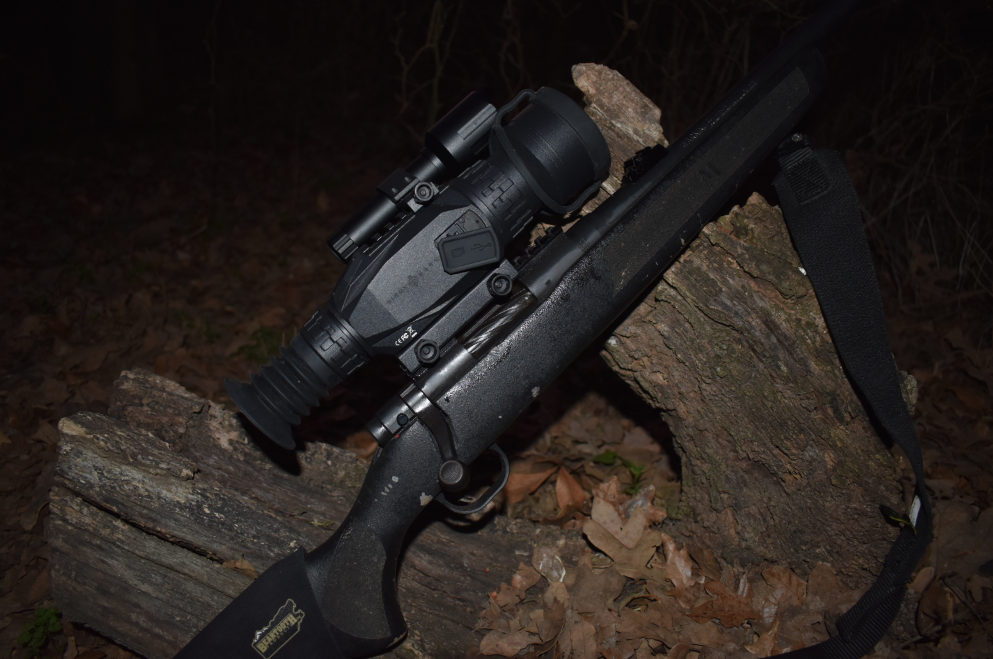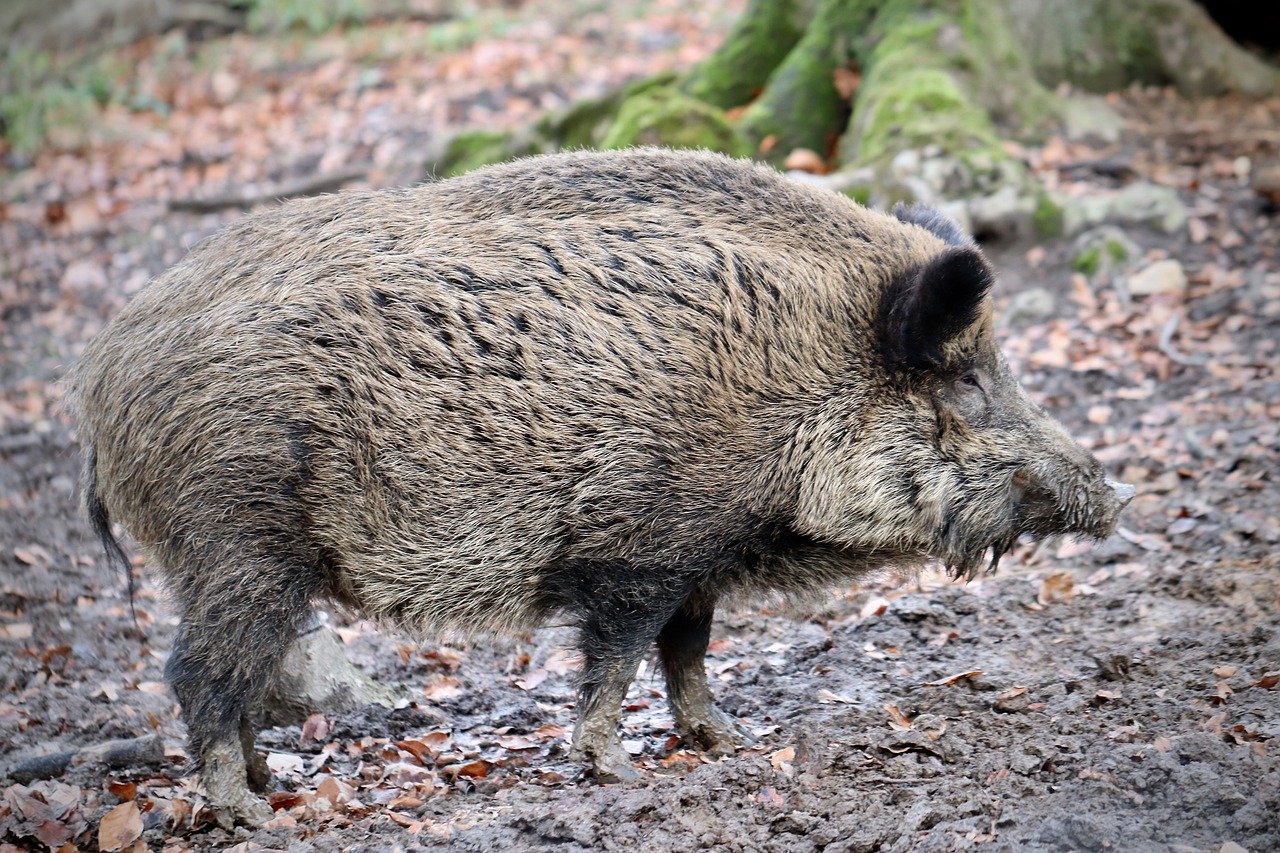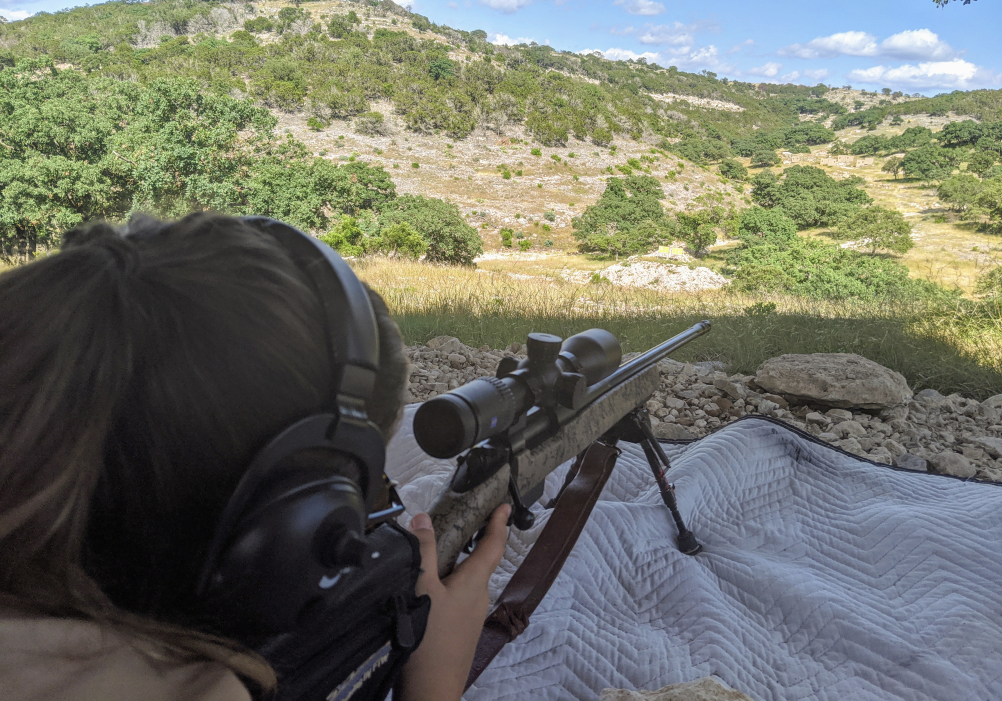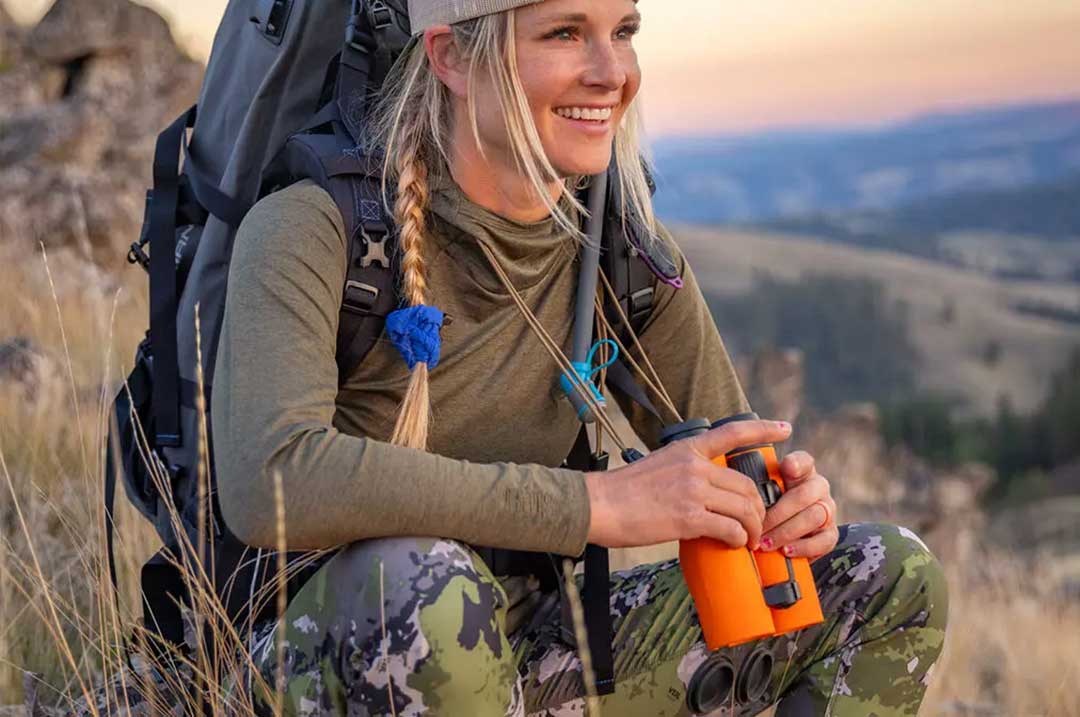Nighttime is the right time for hog hunting. Now all you need is the right scope. Digital or thermal: Is one really better than the other?
Wild hogs that receive little hunting pressure can often be hunted successfully at all hours of the day, but put a bit of pressure on wild porkers and they are quick to become almost entirely nocturnal. Ask any veteran hog hunter when he has taken the majority of his hogs and chances are very good he will say, “during the last thirty minutes of daylight, just before dark.” But not all hog hunters rely on the same scope.
After several months of deer hunters spending time in the woods, hogs become more pressured than ever this time of year. There are very few hard and fast rules when it comes to hunting hogs. They are a nomadic critter, often here today and gone tomorrow, but one thing is for sure: if they know where there is a corn feeder slinging corn, they simply cannot resist the golden kernels. They WILL be there but probably after darkness falls, and to be successful, hunters must have some method of seeing and shooting them at night. For many years, I’ve used bow or rifle mounted red or green lights for my night hog hunting and this method is still effective, but for the past several years, I have used my digital scopes for nighttime hunting.
Through the course of the year, I get many inquiries about what I consider the best scopes to use for night hunting. Without question, my answer is thermal. Thermal scopes register the heat signature an animal creates and is capable of showing the hog’s image even through brush. I’ve hunted with the Pulsar Trail thermal scope on several occasions and loved it. But when it comes to scoping my own hunting rifle, I opted for a digital scope.
You might ask, if I consider thermal the best option, why did I choose a digital scope? Well, that’s a good question and I have a couple of very good reasons for my choice. Cost is a big factor with me. For a bit less than five hundred dollars, my digital scope has everything I need in a night scope. It is also very good for daytime hunting. Thermal scopes cost several thousand dollars.
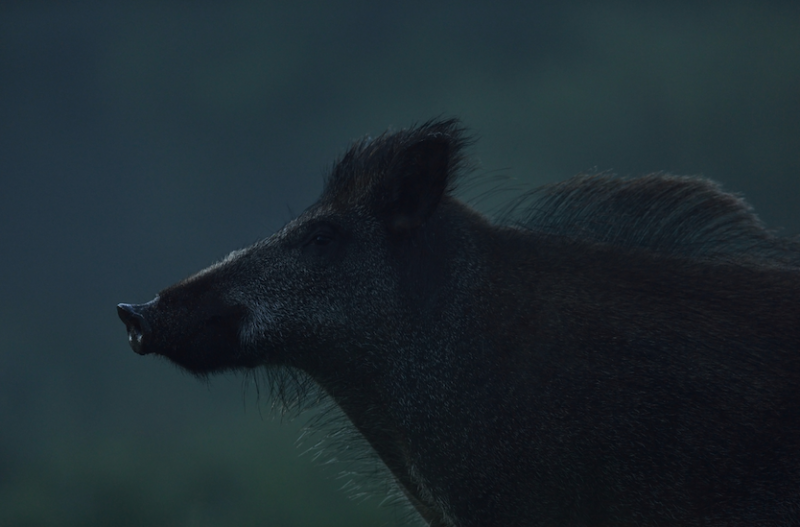
Wild hogs are one of the most intelligent species in the U.S. They learn quickly to avoid danger, and respond to human pressure with avoidance. Photo: Canva
If I did a lot of running and gunning for hogs at night, shooting them at extended distances with an AR style rifle, a thermal scope would be a must. In this type hunting, it is necessary to quickly obtain a sight picture on hogs that are often running. But I hunt hogs for meat and shoot them one at a time, usually over a corn feeder or sometime in a pecan orchard where I can sneak within shooting range and pick out the “eater” hog of my choice.
I usually get in a stand overlooking a corn feeder a couple hours before dark, and my digital scope serves well during the daylight hours. Should the porkers show before darkness falls, I can make the shot. After darkness falls, the built-in IR allows me to identify the hogs in complete darkness and make the shot. The majority of hogs I kill are within 100 yards, but much longer shots are very doable.
One drawback to using a digital scope in heavy cover is refraction of light. Objects closer than the hog that are in the field of view are illuminated, which can cause distant hogs to be hard to see. This is not a problem with thermal. But I have solved that problem. I make sure there is a clear line of sight between my stand and the feeder, especially when hunting in heavy cover. I focus the lens of the scope on the feeder and when hogs come into view, I can easily make them out. When hunting field edges, a clear line of sight becomes a moot point. The scope I currently hunt with is actually my third digital scope and my far the best. I use a Wraith, and with a built-in camera that operates at the push of a button, I can review the shot after the hunt.
So, what do you need, a thermal or digital scope? I hope this article helps you make that decision. If your goal is “hog control” and you plan to be shooting at running hogs where quick target acquisition is necessary, you should be ready to shell out the bucks and get a good thermal. But if you hunt as I do, I can guarantee you won’t be disappointed when you mount that digital scope on your hunting rifle. I do suggest after you get your scope zeroed, you spend some time in a non-hunting situation and learn the functions of the scope. You want to be thoroughly familiar with its workings when that prime piece of pork comes walking in out of a pitch black winter’s night!
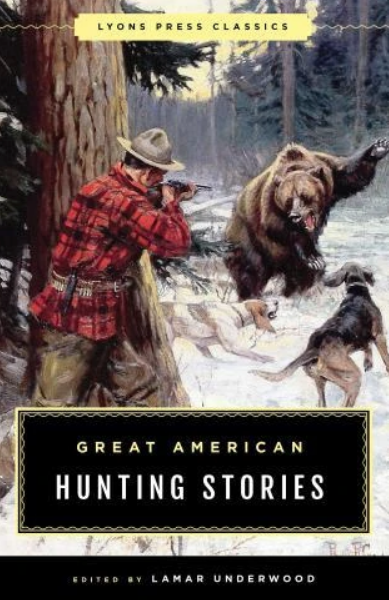 A superb collection of stories that captures the very soul of hunting. For hunters, listening to the accounts of kindred spirits recalling the drama and action that go with good days afield ranks among life’s most pleasurable activities. Here, then, are some of the best hunting tales ever written, stories that sweep from charging lions in the African bush to mountain goats in the mountain crags of the Rockies; from the gallant bird dogs of the Southern pinelands to the great Western hunts of Theodore Roosevelt. Great American Hunting Stories captures the very soul of hunting. With contributions from: Theodore Roosevelt, Nash Buckingham, Archibald Rutledge, Zane Grey, Lieutenant Townsend Whelen, Harold McCracken, Irvin S. Cobb, Edwin Main Post, Horace Kephart, Francis Parkman ,William T. Hornaday, Sc.D, Rex Beach and more. Buy Now
A superb collection of stories that captures the very soul of hunting. For hunters, listening to the accounts of kindred spirits recalling the drama and action that go with good days afield ranks among life’s most pleasurable activities. Here, then, are some of the best hunting tales ever written, stories that sweep from charging lions in the African bush to mountain goats in the mountain crags of the Rockies; from the gallant bird dogs of the Southern pinelands to the great Western hunts of Theodore Roosevelt. Great American Hunting Stories captures the very soul of hunting. With contributions from: Theodore Roosevelt, Nash Buckingham, Archibald Rutledge, Zane Grey, Lieutenant Townsend Whelen, Harold McCracken, Irvin S. Cobb, Edwin Main Post, Horace Kephart, Francis Parkman ,William T. Hornaday, Sc.D, Rex Beach and more. Buy Now

